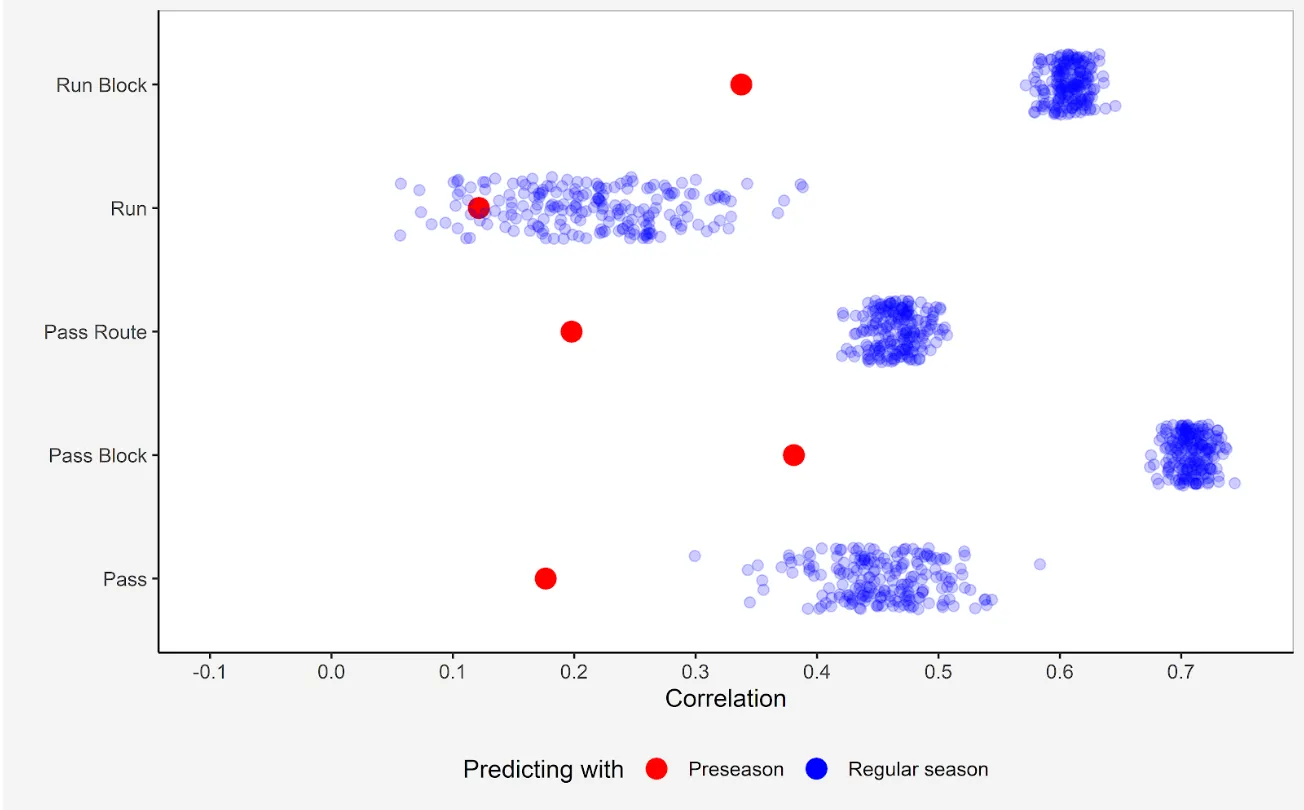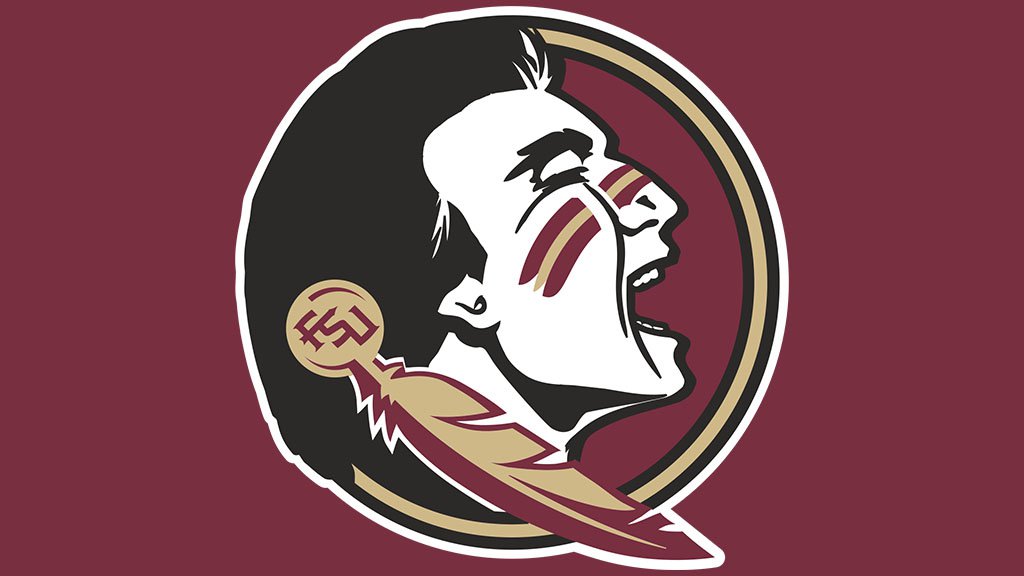Post by Funkytown on Jul 19, 2022 9:30:27 GMT -6
It's a bit early, but just rolling this thread out now. Vote now, later, or not at all. You do you.
...but don't ask why it's still called "Mr. Mankato" ... don't be a fun hater!
Good piece from Purple Insider:
Training camp preview: Who will win Mr. Mankato in 2022 (and what does it mean)? by Paul Hodowanic
Rest at link:
purpleinsider.substack.com/p/training-camp-preview-who-will-win
...but don't ask why it's still called "Mr. Mankato" ... don't be a fun hater!

Good piece from Purple Insider:
Training camp preview: Who will win Mr. Mankato in 2022 (and what does it mean)? by Paul Hodowanic
While the Mr. Mankato award is generally looked at as a fun way to pass through the monotonous dog days of training camp and preseason, it is also an informative look at who the collective fan and media masses believe to be the best young performer. And by diving into previous season winners, we can create expectations for top performers heading into this year’s training camp.
So let’s take a look back at the previous winners:
2020: Cam Dantzler
2019: Brandon Dillon
2018: Kyle Sloter
2017: Tashawn Bower
2016: Jayron Kearse
2015: Stefon Diggs
2014: Adam Thielen
From a glance, it appears there’s about a 50 percent hit rate with the Mr. Mankato award. Stefon Diggs and Adam Thielen became pro bowlers, Jayron Kearse struggled to carve out a role in Minnesota but has become a valuable piece of the Dallas defense and Cam Dantzler has carved out a starting role.
However, that’s taking a long view of their careers. Isolated for just the season that they won the Mr. Mankato award, it paints a different picture. Here’s a look at each winner’s stats in the season they won the award.
Dantzler: 2nd most CB snaps on the team, passer rating against 94.0 (43rd of 92 cornerbacks with 300+ snaps), Reception percentage allowed - 64.2% (47th of 92), 69.8 PFF coverage grade (27th of 92), 11.6 Yd/Rec (39th of 92), 43 catches allowed for 498 yards, 4 TDs allowed, 2 INTs
Dillon: Made the team, waived after Week 1
Sloter: Did not appear in any games
Bower: Registered 10 snaps over two games, collected one sack
Kearse: Registered 78 snaps over six games (52 came in one game), four tackles, one pass breakup
Diggs: Played 14 games, caught 56 passes for 746 yards and 4 TDs, 78.9 PFF receiving grade (21st of 83 WRs with at least 50 targets), led the team in targets and receptions
Thielen: 152 offensive snaps over 15 games, 8 catches for 137 yards, and one touchdown
Only two Mr. Mankato winners have become key contributors in year one: Dantzler and Diggs. Dantzler’s numbers suggest he was around a league-average cornerback as a rookie while Diggs was the team’s most productive receiver as a rookie. Meanwhile, Thielen and Kearse saw minimal action outside special teams. And Sloter, Dillon, and Bower had nearly no impact in year one or in any year since.
Generally, this gives us a pretty accurate picture of the danger of looking too much into training camp and preseason results. It can work in certain instances, but it’s hardly predictive of future NFL success.
PFF has done several studies on this over the last few years. In 2019, Timo Riske completed an analysis looking at the correlation between preseason performance and regular season performance. Riske found that preseason performance generally isn’t predictive of regular season success.
Now, the study gets a bit complicated, but in layman’s terms, Riske looked at players dating back to 2013 with at least 120 regular season snaps and 20 preseason snaps. He then randomly split those regular snaps into two sample sizes, so he could compare how close each sample size resembled each other (i.e. find the correlation between the two)
The result is this graph. The red dot indicates preseason performance while the blue dots represent regular season performance. And for ease of reading: the closer the red dot is to the blue dispersion = the higher correlation.

So, what this tells us is that other than rushing grade, preseason performance is not very predictive of regular season performance. Pass blocking and run blocking are far apart, as are passing grades for quarterbacks. Similarly for defense, coverage grade, pass rush grade, and rush defense grade all had wide margins between preseason and regular season.
Riske gives several hypotheses for why this might be the case and he settles on a few, particularly for the offensive side of the ball. First, by and large, teams don’t unveil their entire playback during the preseason, meaning the plays that teams run in the preseason aren’t representative of what the actual offense will be, thus giving an inaccurate representation of who does well in their offense. Funnily enough, one of the coordinators that Riske found that actually did show much of their scheme during the preseason was former offensive coordinator Gary Kubiak. On the other side of the spectrum, Riske found Sean McVay is one of the stingiest coaches, hiding much of the team’s tendencies. It’s a fair assumption that O’Connell will follow in that mold and that the Vikings’ preseason performances of the past won’t be as indicative moving forward.
So let’s take a look back at the previous winners:
2020: Cam Dantzler
2019: Brandon Dillon
2018: Kyle Sloter
2017: Tashawn Bower
2016: Jayron Kearse
2015: Stefon Diggs
2014: Adam Thielen
From a glance, it appears there’s about a 50 percent hit rate with the Mr. Mankato award. Stefon Diggs and Adam Thielen became pro bowlers, Jayron Kearse struggled to carve out a role in Minnesota but has become a valuable piece of the Dallas defense and Cam Dantzler has carved out a starting role.
However, that’s taking a long view of their careers. Isolated for just the season that they won the Mr. Mankato award, it paints a different picture. Here’s a look at each winner’s stats in the season they won the award.
Dantzler: 2nd most CB snaps on the team, passer rating against 94.0 (43rd of 92 cornerbacks with 300+ snaps), Reception percentage allowed - 64.2% (47th of 92), 69.8 PFF coverage grade (27th of 92), 11.6 Yd/Rec (39th of 92), 43 catches allowed for 498 yards, 4 TDs allowed, 2 INTs
Dillon: Made the team, waived after Week 1
Sloter: Did not appear in any games
Bower: Registered 10 snaps over two games, collected one sack
Kearse: Registered 78 snaps over six games (52 came in one game), four tackles, one pass breakup
Diggs: Played 14 games, caught 56 passes for 746 yards and 4 TDs, 78.9 PFF receiving grade (21st of 83 WRs with at least 50 targets), led the team in targets and receptions
Thielen: 152 offensive snaps over 15 games, 8 catches for 137 yards, and one touchdown
Only two Mr. Mankato winners have become key contributors in year one: Dantzler and Diggs. Dantzler’s numbers suggest he was around a league-average cornerback as a rookie while Diggs was the team’s most productive receiver as a rookie. Meanwhile, Thielen and Kearse saw minimal action outside special teams. And Sloter, Dillon, and Bower had nearly no impact in year one or in any year since.
Generally, this gives us a pretty accurate picture of the danger of looking too much into training camp and preseason results. It can work in certain instances, but it’s hardly predictive of future NFL success.
PFF has done several studies on this over the last few years. In 2019, Timo Riske completed an analysis looking at the correlation between preseason performance and regular season performance. Riske found that preseason performance generally isn’t predictive of regular season success.
Now, the study gets a bit complicated, but in layman’s terms, Riske looked at players dating back to 2013 with at least 120 regular season snaps and 20 preseason snaps. He then randomly split those regular snaps into two sample sizes, so he could compare how close each sample size resembled each other (i.e. find the correlation between the two)
The result is this graph. The red dot indicates preseason performance while the blue dots represent regular season performance. And for ease of reading: the closer the red dot is to the blue dispersion = the higher correlation.

So, what this tells us is that other than rushing grade, preseason performance is not very predictive of regular season performance. Pass blocking and run blocking are far apart, as are passing grades for quarterbacks. Similarly for defense, coverage grade, pass rush grade, and rush defense grade all had wide margins between preseason and regular season.
Riske gives several hypotheses for why this might be the case and he settles on a few, particularly for the offensive side of the ball. First, by and large, teams don’t unveil their entire playback during the preseason, meaning the plays that teams run in the preseason aren’t representative of what the actual offense will be, thus giving an inaccurate representation of who does well in their offense. Funnily enough, one of the coordinators that Riske found that actually did show much of their scheme during the preseason was former offensive coordinator Gary Kubiak. On the other side of the spectrum, Riske found Sean McVay is one of the stingiest coaches, hiding much of the team’s tendencies. It’s a fair assumption that O’Connell will follow in that mold and that the Vikings’ preseason performances of the past won’t be as indicative moving forward.
purpleinsider.substack.com/p/training-camp-preview-who-will-win






















 Doesn't matter, I'm still voting for him because we're already better with him gone.
Doesn't matter, I'm still voting for him because we're already better with him gone.


